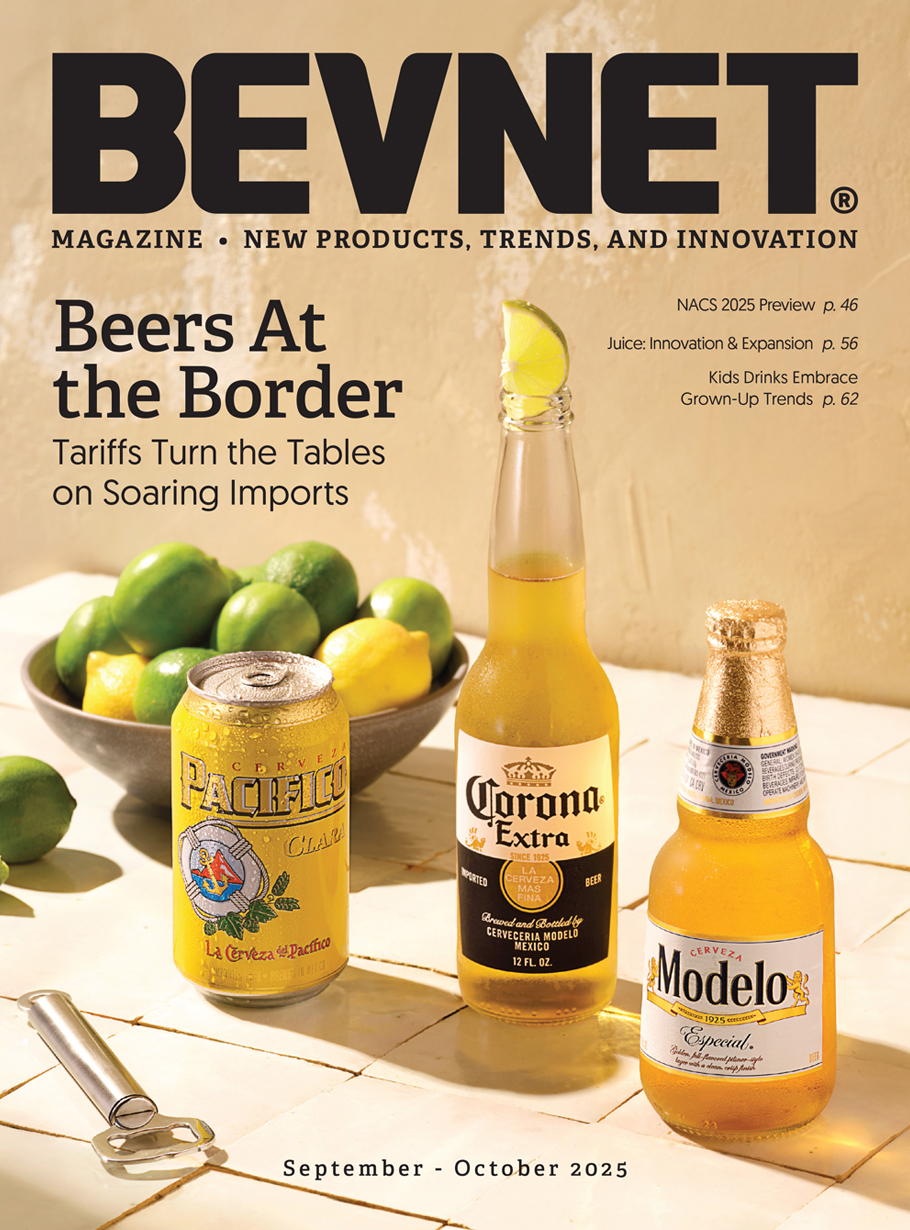
Import Beer’s Tariff Turmoil: How the Category’s Growth Driver Turned into a Loss Leader
If the beer industry had a dollar for every time someone said “we’re controlling what we can control,” the category would possibly be in the black this year.

If the beer industry had a dollar for every time someone said “we’re controlling what we can control,” the category would possibly be in the black this year.

If there is anything to be learned from energy drink deals in recent history, it’s that the need for caffeine is gender-agnostic. Amid a slew of distribution partnerships, investments and acquisitions, the biggest successes in this past year have come to energy drink brands reaching toward female consumers.
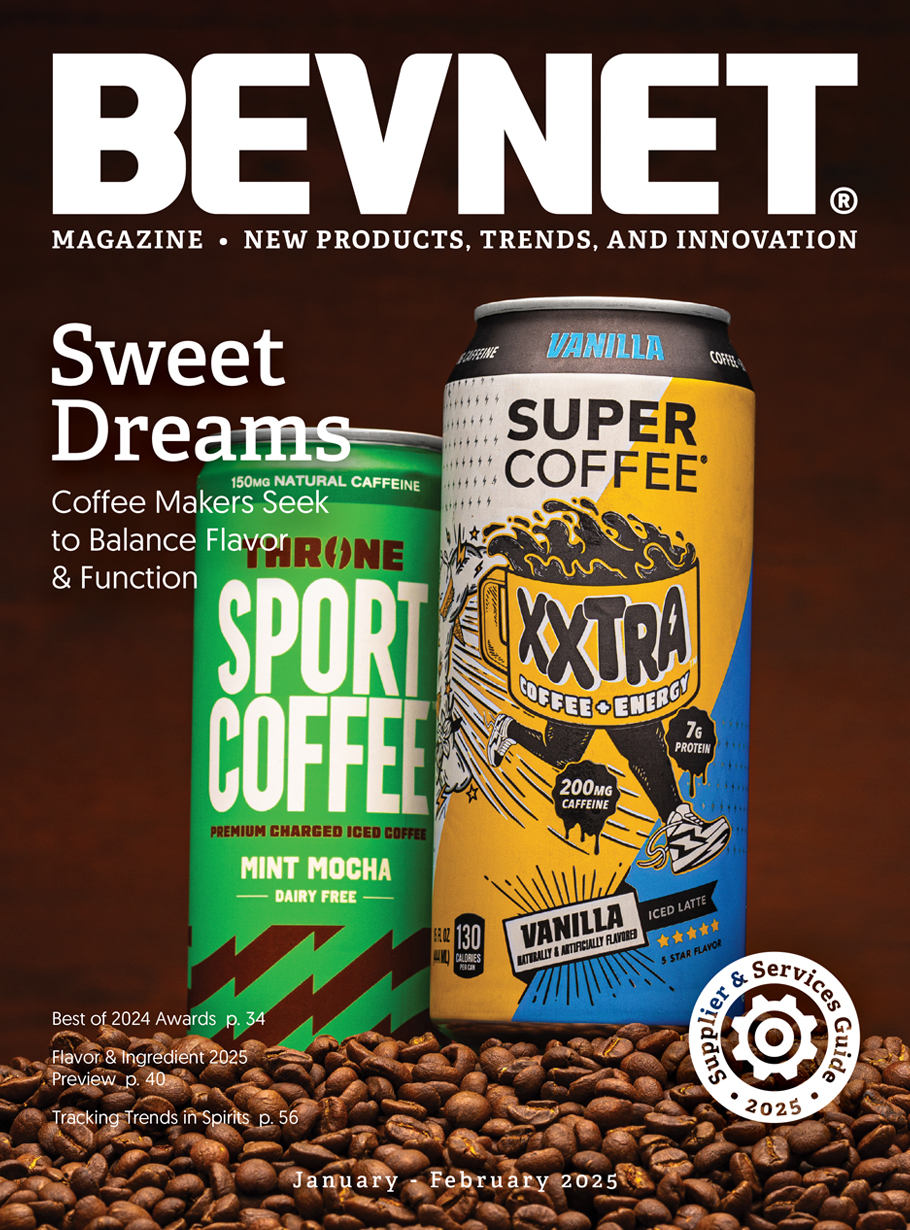
It wasn’t that long ago that the ready-to-drink cold case offered minimal coffee options. But after years of mostly being dominated by familiar names, the set has swelled with cold brews, nitro infusions and alt-dairy lattes, providing numerous choices for the on-the-go coffee drinker.
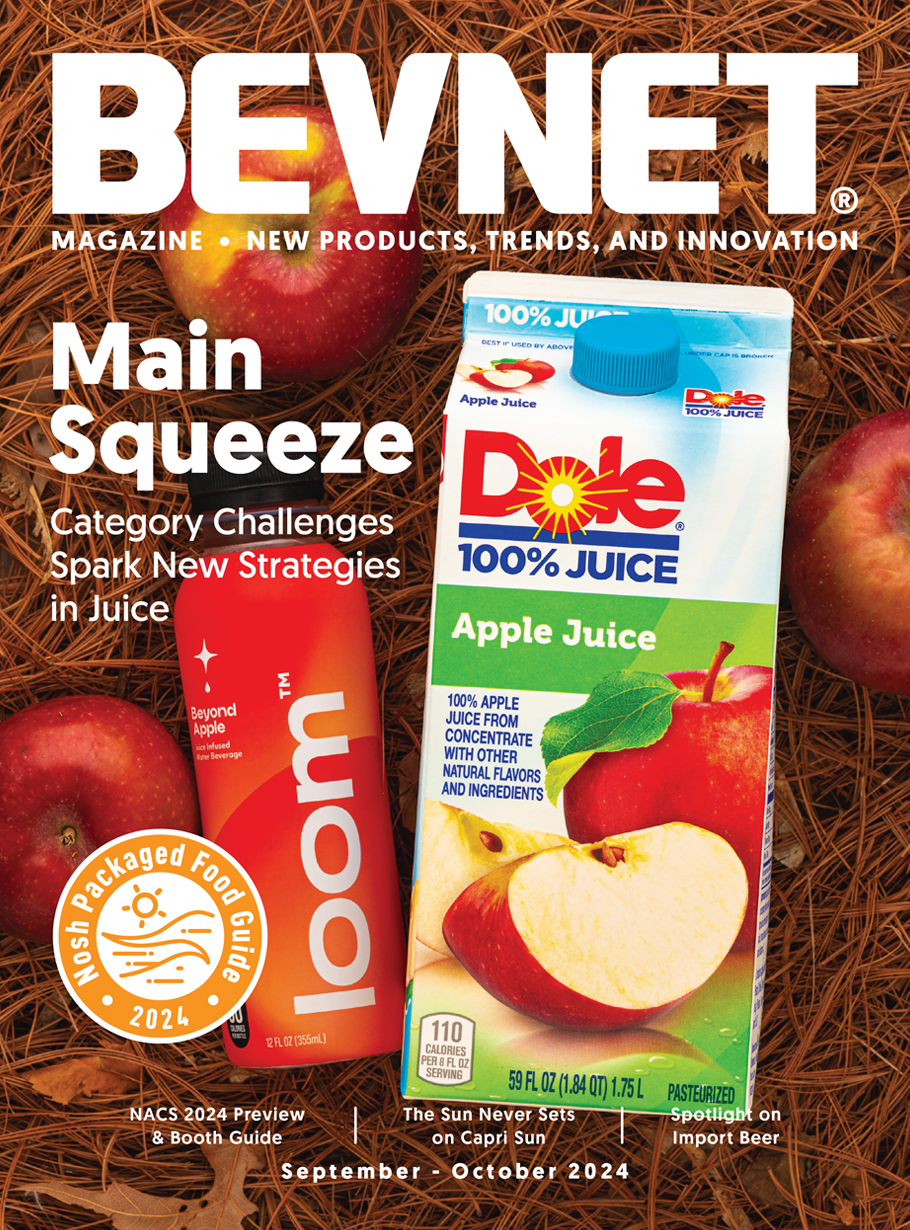
It’s hard to characterize juice as any one thing, and that goes beyond its source fruit or vegetable. It can take the form of a childhood breakfast table staple, a buzzy health trend, a recovery drink, or a next-gen category-redefining innovation platform. But however you cut it, one thing is consistent – juice is in a slump (again).

Moving product is a critical piece of the business equation for drink manufacturers across all categories, but energy drinks have enjoyed (or suffered, depending on your perspective) a considerably more dynamic and dramatic saga in recent years as consolidation from the major strategics has reshaped the landscape.
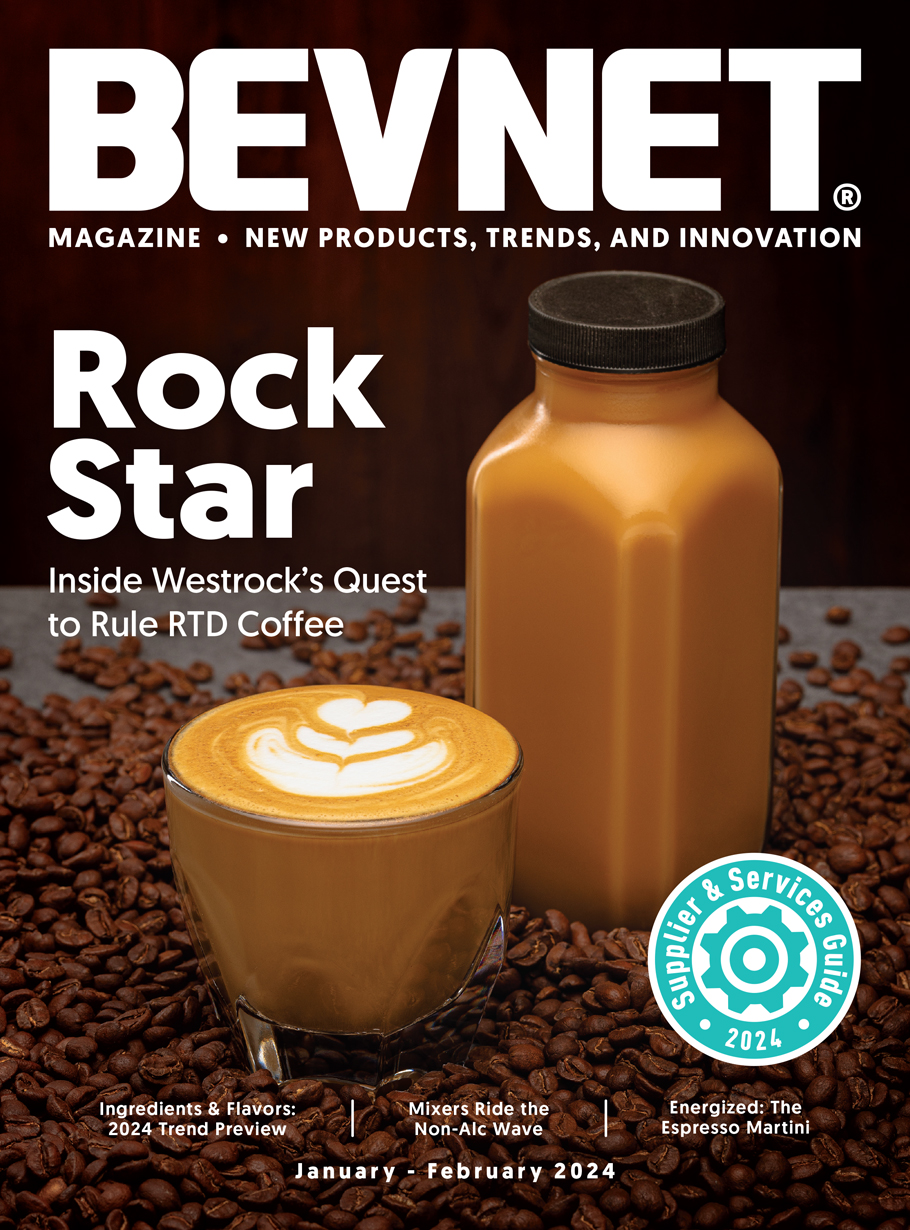
After a decade of growth, Westrock is preparing to solidify its position as a dominant force in North American coffee production, capable of serving all channels of trade. The timing appears to be fortuitous as well; Americans are increasingly favoring cold coffee over hot, RTDs are still growing and a new crop of celebrity and influencer-led brands have joined the fray.

For juice makers today, success is where you squeeze it. Amidst a fractured market, the landscape can understandably appear in flux. Cast off from the CPG titans, the likes of Tropicana, Evolution Fresh and Suja are still settling into their new homes inside larger private equity portfolios.

Whether Bang can be saved or if it eventually fades away, it’s become perfectly clear that no matter what happens, its impact on the industry has been made, and will continue to be felt for years to come.

It may be hard to believe, but there was a time when the world didn’t know about cold brew coffee. Look back to the mid-2010s, and you’ll find that the rumors are true: cold brew, in which coffee grounds are steeped in water for hours and kept cold throughout the brewing and bottling process, was a game changing innovation for the RTD coffee business.

In the throes of pandemic lockdowns and concern over personal health, juice sales – which had been slumping amid the broad consumer rejection of sugar – saw a significant resurgence as demand for immunity and wellness beverages led a return back towards traditional fridge staples like Orange Juice.

When it comes to getting energy from a drink, consumers aren’t exactly short on options these days. Whether its caffeinated sparkling water, enhanced coffee, a buzz-boosting sports drink or something else altogether, the lines between traditional energy drinks and new functional beverages have been sufficiently blurred as to create both opportunities and challenges for brands across the industry. Though sales keep accelerating, even the term “energy drinks” feels increasingly outdated with each passing year.

Bottled java is now outpacing the (still significantly larger) energy space on shelf and, as consumers increasingly stock multiserve cold brew in their fridges and grab canned lattes from their local convenience stores on the go, many of the smaller players are feeling the lift from that good ol’ rising tide.
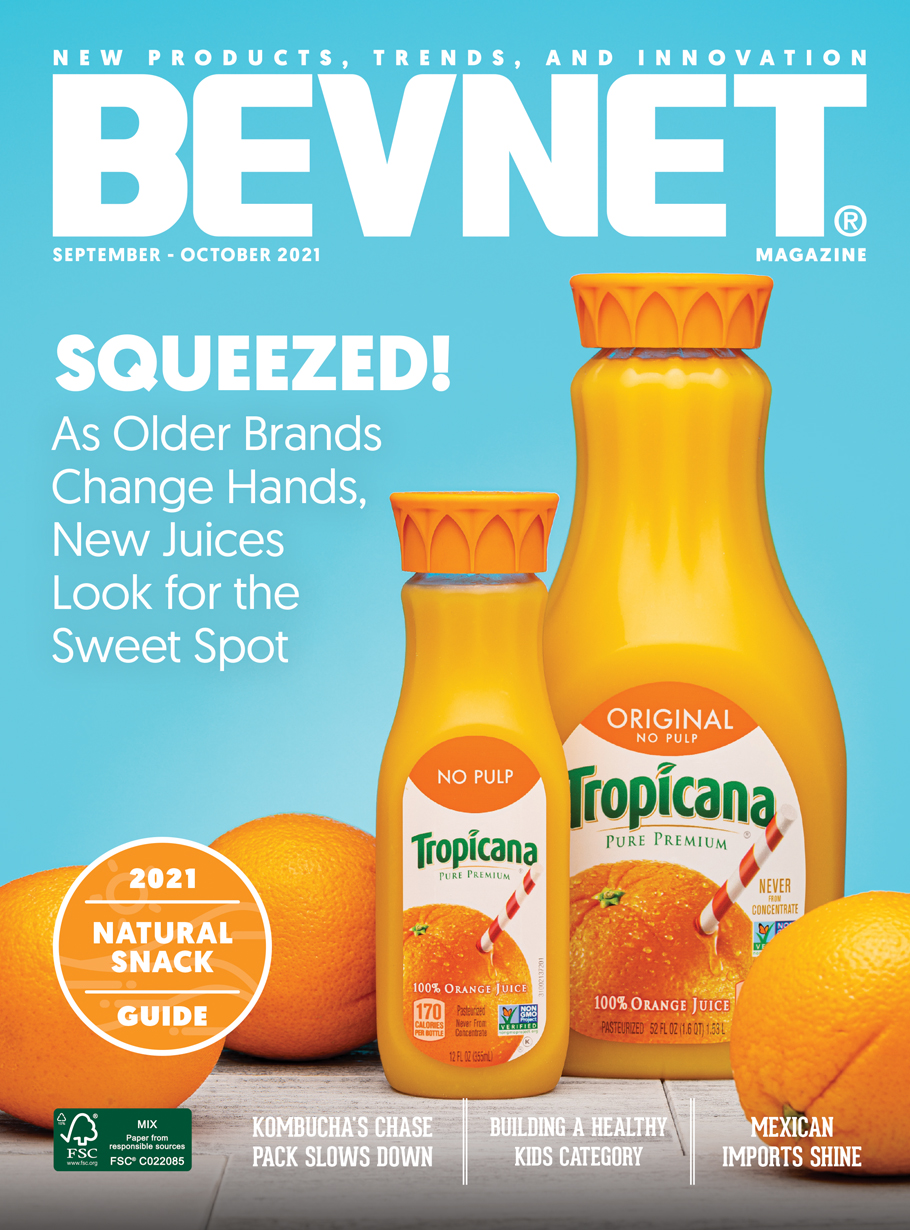
In the later 1950s, residents of New York City looking out at the city’s ports could often find the familiar sight of the S.S. Tropicana, an 413-foot, 8,000-ton steamship that made a weekly trip up the Atlantic coast from its loading point in Port Canaveral, Florida filled with precious cargo: stainless steel tanks holding a total of 1.5 million gallons of fresh-squeezed orange juice.

Last year, a once-in-a-century pandemic forced global industry to adapt within days. But even as the world came to a standstill, the nonstop, adrenaline-pumping, caffeine rush of energy drinks were not going to be slowed down.

Amid the M&A activity, growth in the powder has been driven by the convenience of the single-serve stick format, ecommerce sales and a demand for better-for-you, functional beverages. To learn more about the shifts in the space, we sat down with three entrepreneurs for a discussion on the category.

Despite the challenges facing the economy, for some companies, the pandemic has been the booster shot the juice category has long needed. But is this sudden interest a sign of renewed growth, or a passing fad?

Think icebergs. With Red Bull and Monster deeply entrenched for the past decade as the two leading energy drink brands, things haven’t visibly changed at the apex of the category. But beneath the waterline, the past two years have brought a sea change.
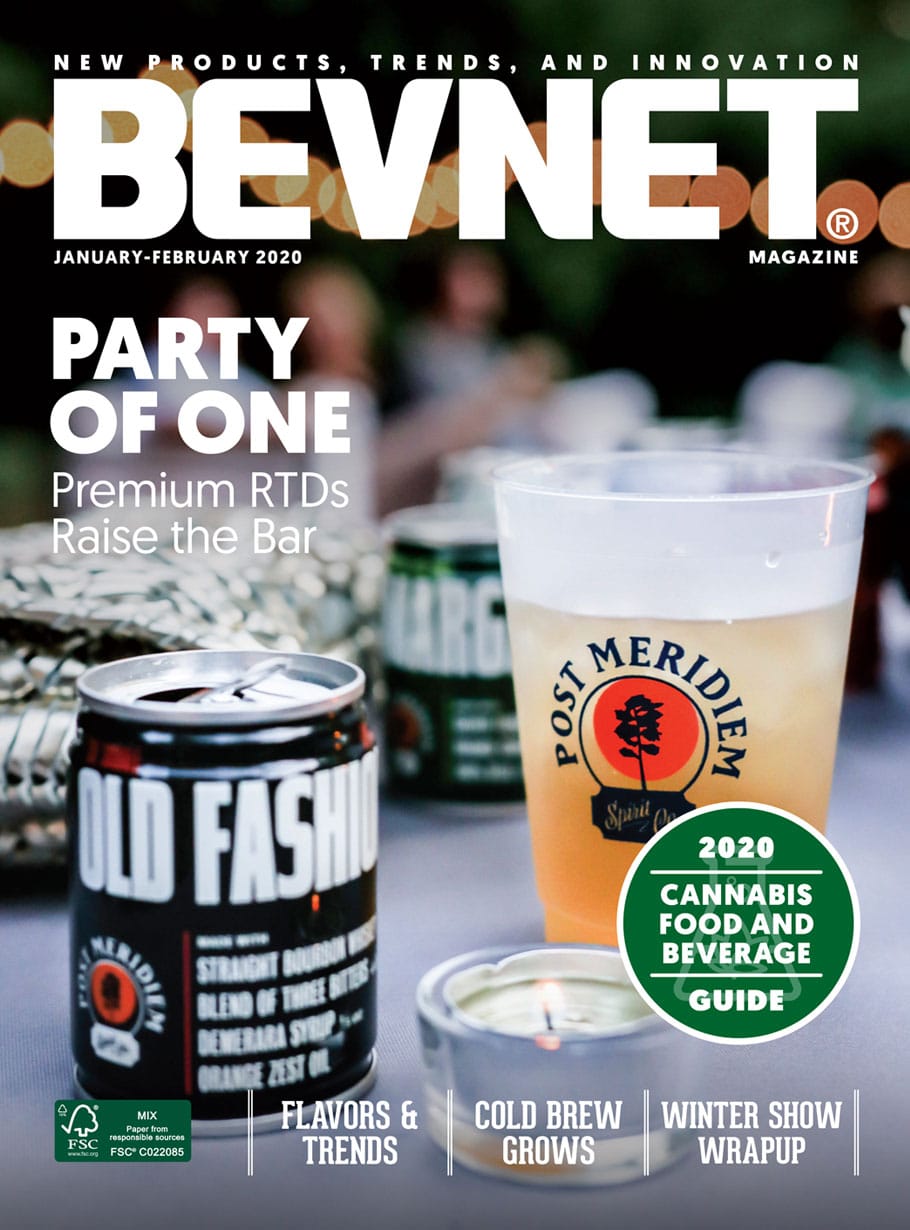
For some time now, the analytic mantra ‘drinking less, but drinking better’ has been the chant du jour for both industry experts and companies. The movement, led by Millenials and Gen Z, suggests that consumers are going out less and opting for low-abv or premium spirits and that they’re also drinking fewer drinks throughout the evening.

As cold-pressed juice moves into the next stage after its mid-decade height as a hot beverage trend, the subcategory continues to grow but leaves behind a reformed field of wholesale players marketing lower-priced offerings, alongside new competition from the private label space.
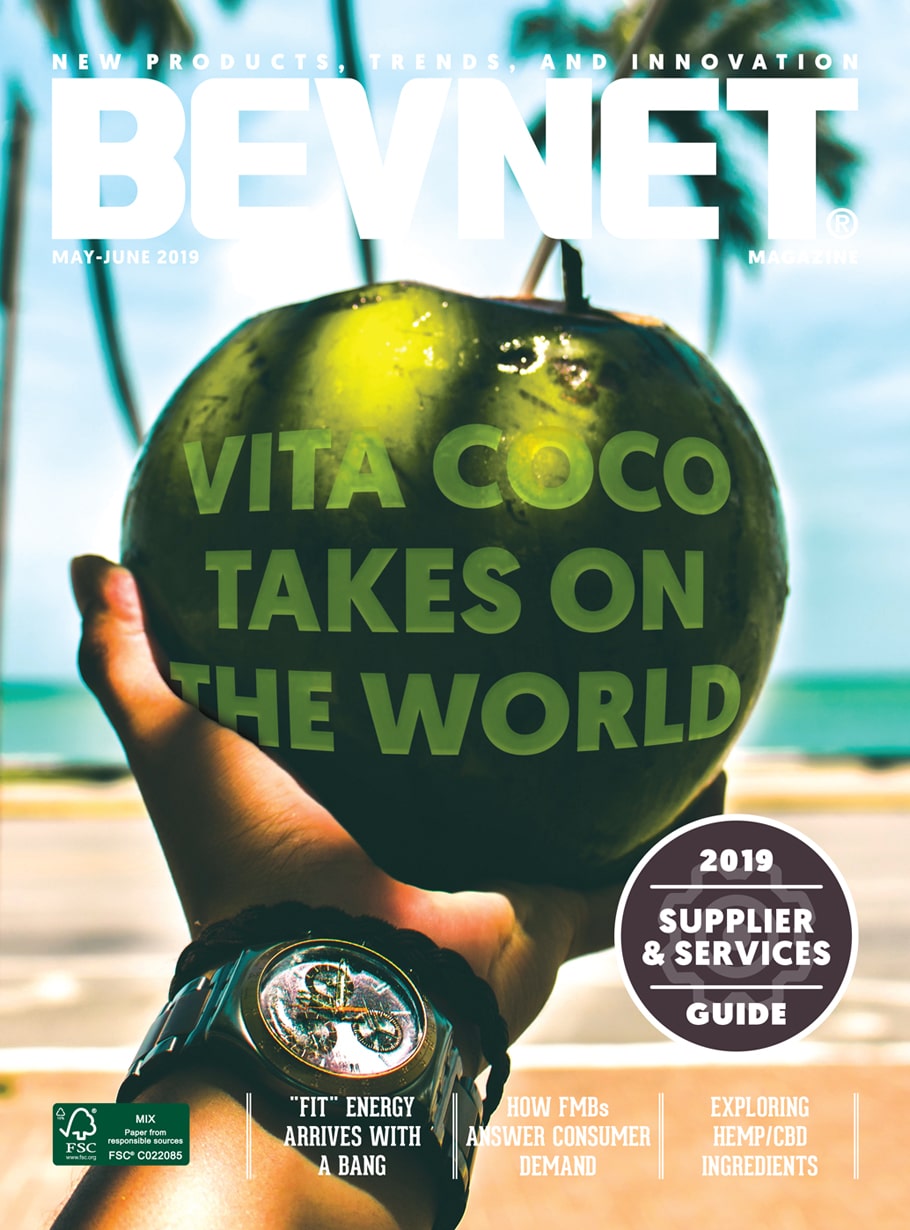
It’s been about a year since Vita Coco CEO Mike Kirban announced his company’s intention to take on the world. Nearly 12 months later, Kirban’s grand strategy has started to come into view, though maybe not the way many expected. All Market acquired natural energy drink brand Runa, in which Kirban has been a longtime investor. But a string of further acquisitions hasn’t followed, as Vita Coco has instead turned towards fueling its internal innovation pipeline with new products that can bring the brand into new categories and retail channels.

So far, sweeter coffee drinks dominate the category. But cold brew is changing the game. Over the past several years, the cold brew coffee wave has excited investors, intrigued consumers, and breathed new life into a once peripheral beverage category. But beyond the buzz that has made cold brew the fastest growing sector of the ready-to-drink coffee category, it’s worth remembering that Starbucks still controls 78.3 percent of the dollar market share, and that a lot of that is from the decidedly NOT cold brewed Frappuccino line.

An examination of the rise of bubbles in the beverage space, including major players such as Coca-Cola, PepsiCo and Nestle's decisions to focus on the sparkling water category since the success of La Croix, and how it's all played out over the year.

An analysis of the energy drink category; what's working, what's not, and what's changing.

Cold brew coffee is one of the top trends in beverage and innovative startups are looking to get in on the movement while major industry players also seek a stake in the game

Inside the rules of school distribution
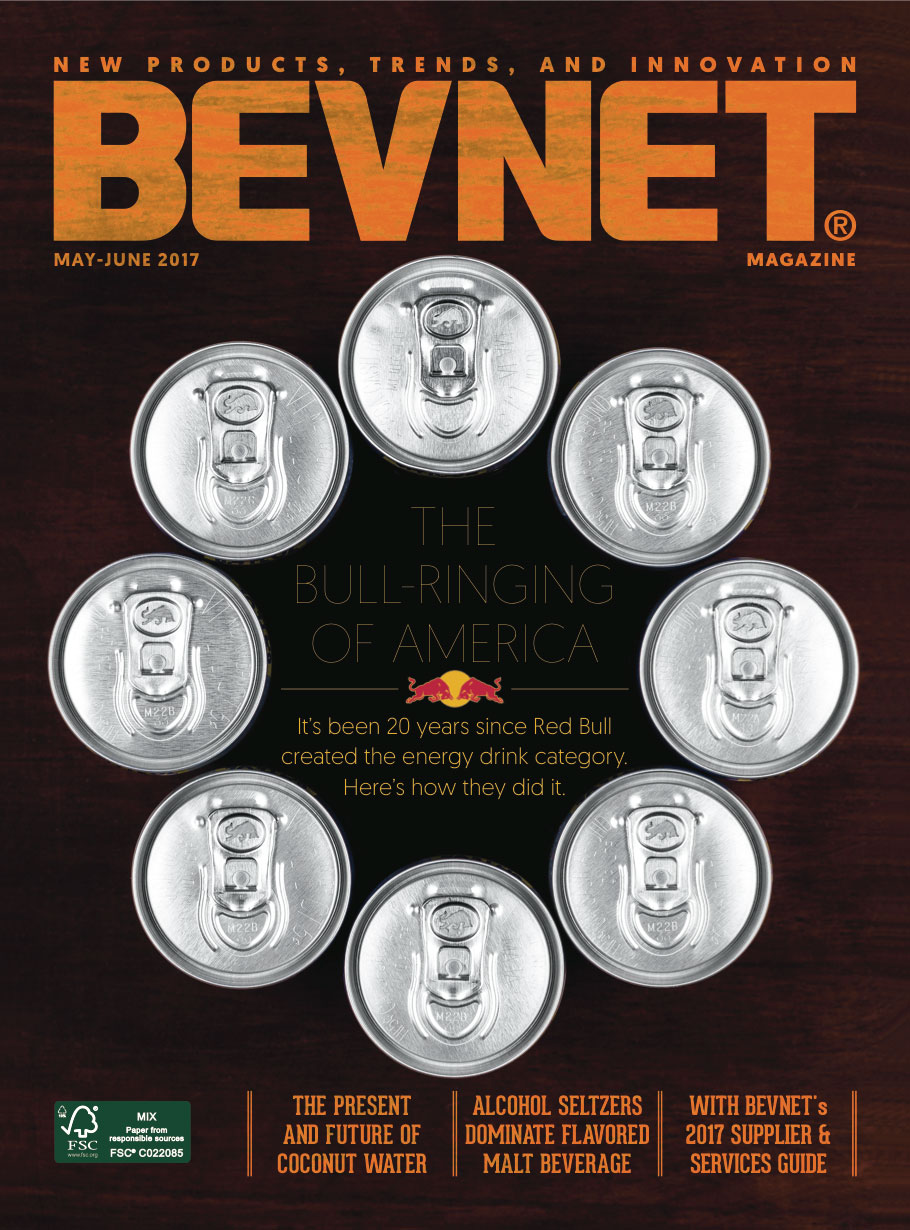
The bull-ringing of America
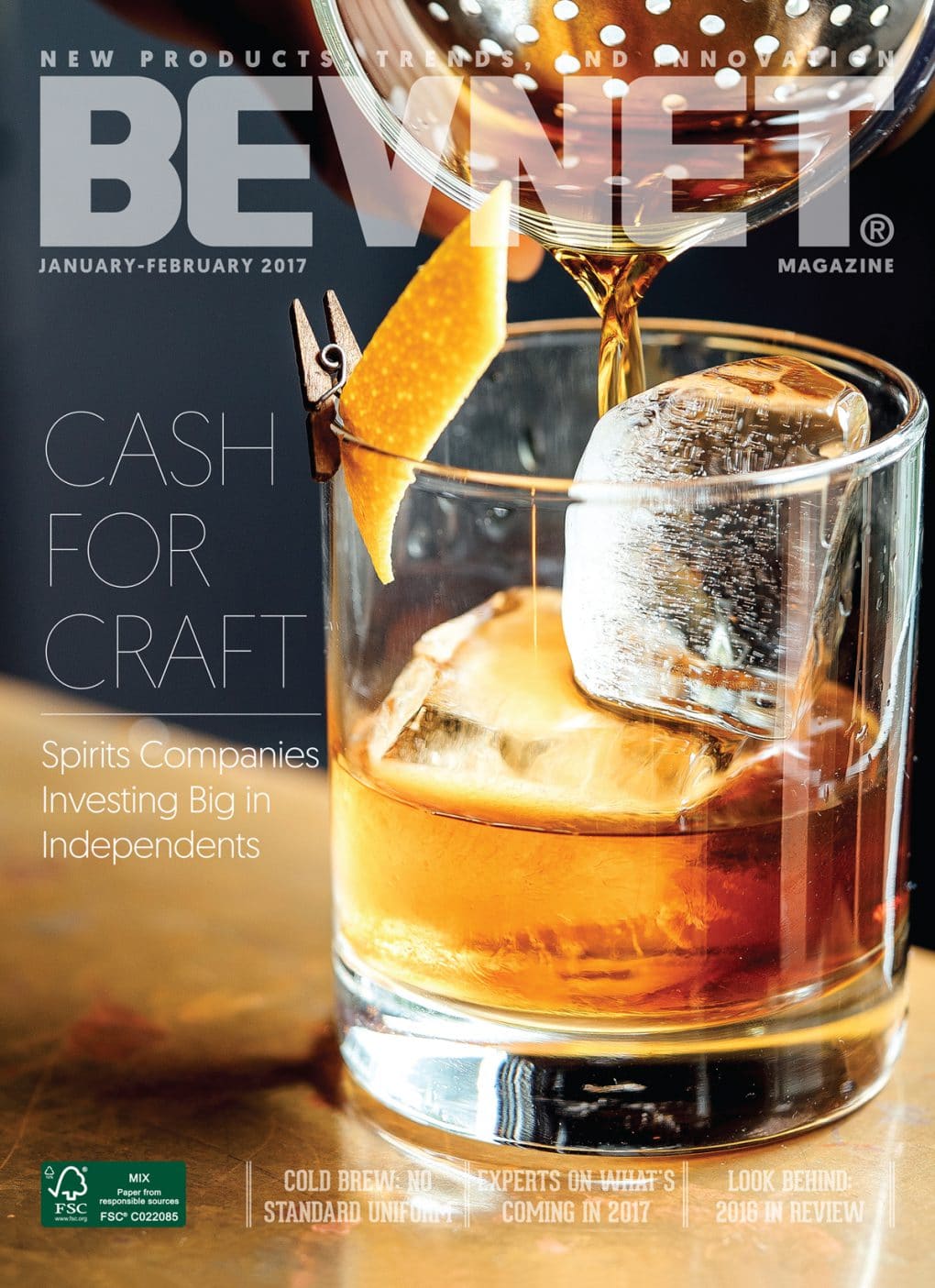
Spirit Companies Investing Big (with Craft Mixers Sidebar)
The rise of functional and enhanced waters.

A Fistful of Top Fives

Community, Cans, and Carbonation

A Q&A with Suja Co-Founder & CEO Jeff Church with the Best of 2015
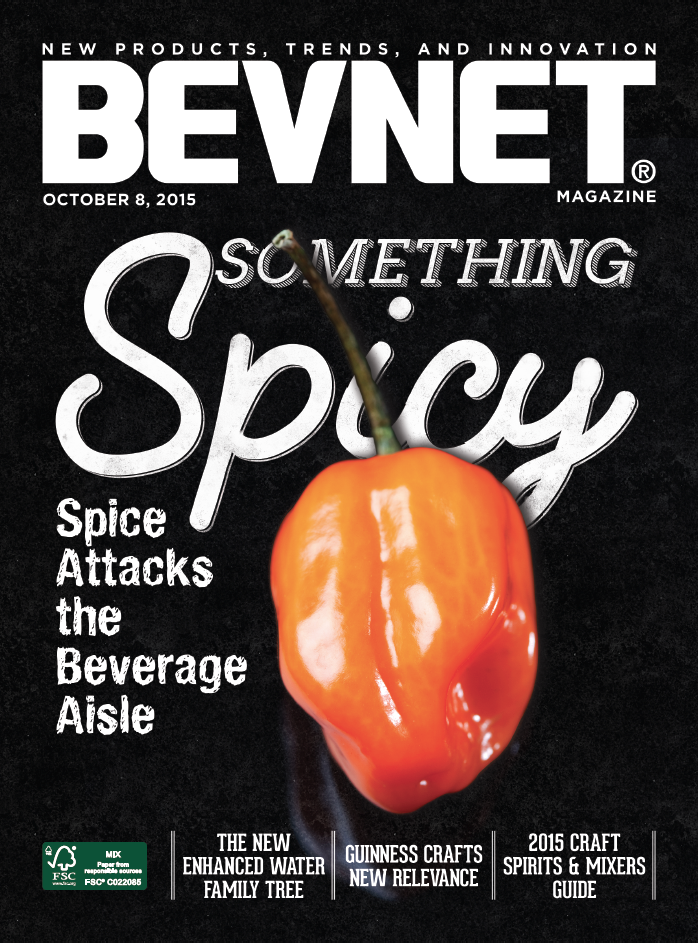
The Heat is On: Firmly Entrenched in Spirits Biz Spicy Flavors Migrate into Non-Alc
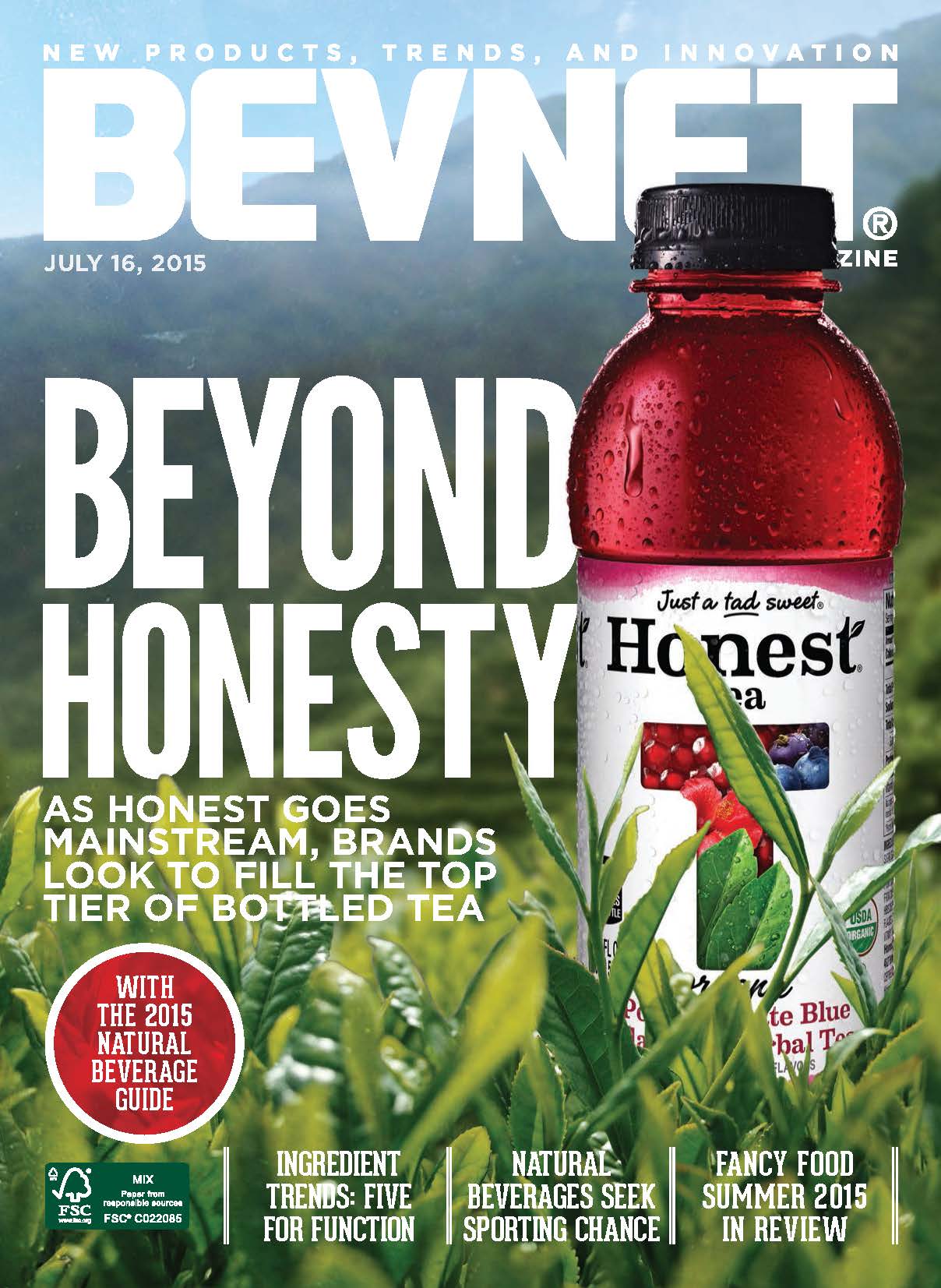
As Honest Goes Mainstream, Brands Look to Fill the Top Tier of Bottled Tea

Coconut Water Shuffles the Flavor Deck
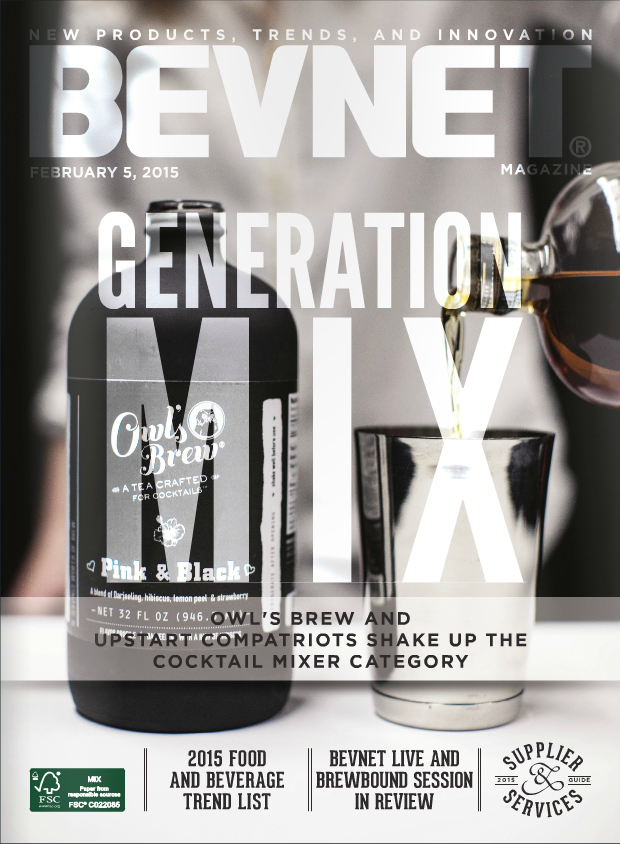
A new generation of gourmet mixer brands hits the market
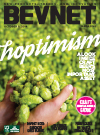
Navigating a Changing Hops Market
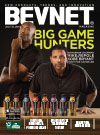
BODYARMOR Chairman Mike Repole and Kobe Bryant shoot for Gatorade.
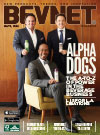
In the A-Z of power in the beverage business, L stands for L.A. Libations.
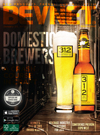
To meld within the craft beer space, Anheuser-Busch has to wiggle some.

Talking Rain ascended in quick fashion with its relatively basic yet effective business formula.

How Honest Tea did it. Exclusive Excerpt.
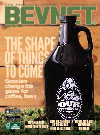
How growlers can change the game for beer and coffee.

Janie Hoffman of Mamma Chia is BevNET's Person of the Year for 2012.
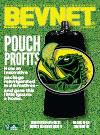
Alcohol Marketers Filling Their Pouches
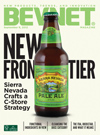
Sierra Nevada Crafts a C-Store Strategy
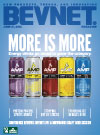
Energy drinks expand horizontally as the category grows.

Larry Trachtenbroit is nearly two decades into a career in the beverage industry that has brought him cash from Coke – twice – and the respect of his peers.
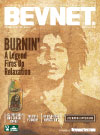
A legend fires up the relaxation business.

BevNET interviews Vita Coco CEO Michael Kirban
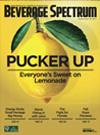
Everyone's sweet on lemonade.
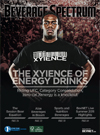
At this point, with sales surging and brand awareness through the roof, it’s hard to believe that Xenergy, the Ultimate Fighting Championship-focused energy drink made by Xyience, was ever fighting for its survival.
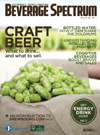
What drink...and what to sell.

A review of the year's new products and what's coming in 2011
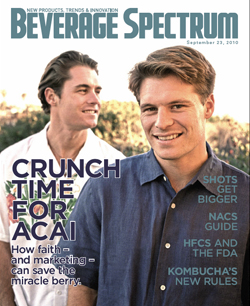
Acai makers are saying that the truth about their berry will set them free – from false hype. (note - corrected version)
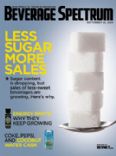
INSURRECTION IS MOUNTING in the beverage cooler. The once meek and mild low-calorie health beverages, until recently relegated to the odd-ball health-nut niche, have grown rebellious. Premium bottled teas, lightly sweetened sodas, and electrolyte-enhanced waters are staking a larger claim to shelf space as a healthful alternative to sugar laden drinks. Consumers are reaching for them more as they look for beverages with… less.

The first Muscle Milk-branded product hit shelves in 2000 with a slogan that clearly identified it for its target audience: “Builds Muscle like a Mother.” But Cytosport, Muscle Milk’s parent company, dropped that slogan after recognizing the potential for what had been a gym-centric product to grow out of tubs of powder into a ready-to-drink protein beverage with appeal for workout fanatics and little old ladies alike.
Energy slims down, how diets drinks equal fat profits. Time was, if you wanted a diet energy drink, you had to raid Dietrich Mateschitz’s private stash. But no longer.
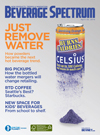
Single-serve powdered drink mixes may be the hottest beverage in stores right now. Buoyed by their low price and the even lower
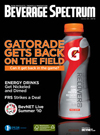
After becoming a category-killing brand of unforeseen proportions, the iconic sports drink

If the world of beverages turned on sales numbers alone, it’s likely that little attention would be paid to the relaxation drink category. But sometimes, it takes more than sales to truly build momentum. Particularly when launching a new category, it’s important to get people talking – particularly when the product can make a tacit promise that it will fulfill a much-needed function.
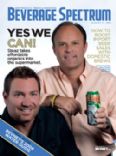
Usually, when you hear “Can it!” it’s not a good thing. But it looks like some ready-to-drink iced tea companies are taking the order to a literal extreme, and they consider it a positive development, as well.
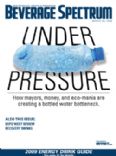
It wasn’t so long ago that the public hailed bottled water as a miraculous, healthy beverage option. The Center for Science in the Public interest named bottled water as a healthy alternative for school vending machines in 2003, and McDonalds even added bottled water to an Adult Happy Meal in 2004. But those halcyon days are over, and the turf war is on.

From Iced Teas to Energy Shots, take a look at the BevNET.com New Beverage Guide for a record of the beverage products introduced in 2008. From Activ Water to Zym Catapult, the Guide will show you who to contact to start stocking up. We’ve included nearly 200 new brands. With so much movement in so many new categories, isn’t it great to be able to track them all in one place?
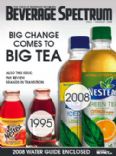
The tea segment has nearly doubled in the last three years as consumers found a new interest in lower calorie and healthier beverages, making tea a pop-culture touch-stone. Those shifting trends first benefitted cutting edge startups like Honest Tea and Sweet Leaf, and the big tea brands – Nestea, AriZona, Snapple and Lipton – have all seen fit to re-jigger themselves in the face of a changing market.
There’s caffeine in everything from water to vodka. Yerba mate and guarana are standard ingredients in everything from banana smoothies to beer. But dude. Calm down. It’s time to chill. At least, for beverages, it is.
The panoply of folk remedies speaks to the need, as do the number of powders, pills, and other prevention gimmicks currently available in non-liquid form. But somewhere between cracking raw eggs into a cup of vinegar, chugging pickle juice, and downing the hair of the dog that bit you, there’s got to be a happier, more palatable medium.
Bottled water has matured as a category – and it’s got the headaches to prove it. Retailers, take heart, though: a little flavor and some vitamins will keep the pep in your step.
You’ve hooked the customers with health benefits, now keep reeling them in.
With an increasing number of consumers hitting the bottle in favor of drinking from the tap, bottled water brands are bubbling to the surface by, well, by the truckload.

How will functionality function in your cooler? This is the year you find out.
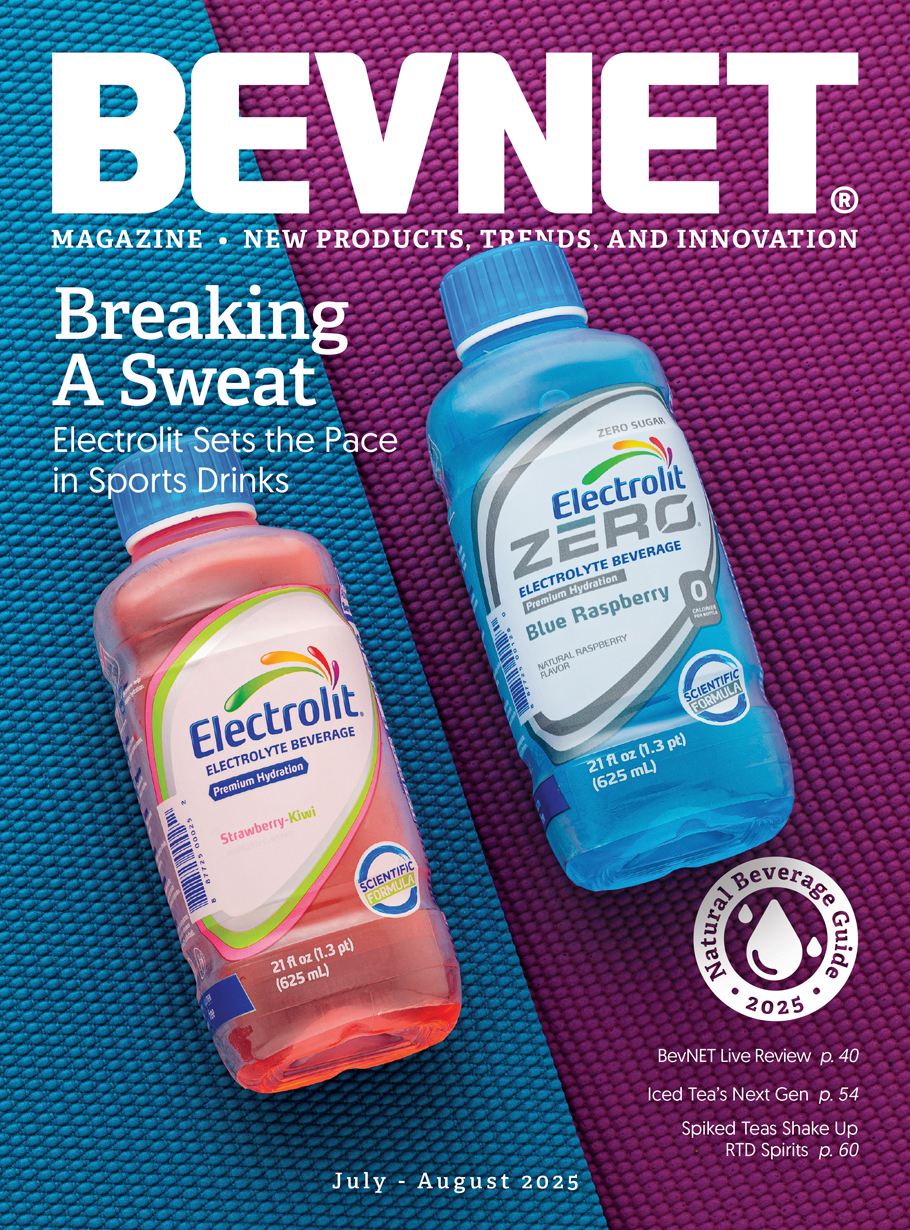
When Keurig Dr Pepper boss Tim Cofer said in July that his company’s partnership with rapid hydration drink Electrolit was just “scratching the surface,” he chose an apt metaphor.
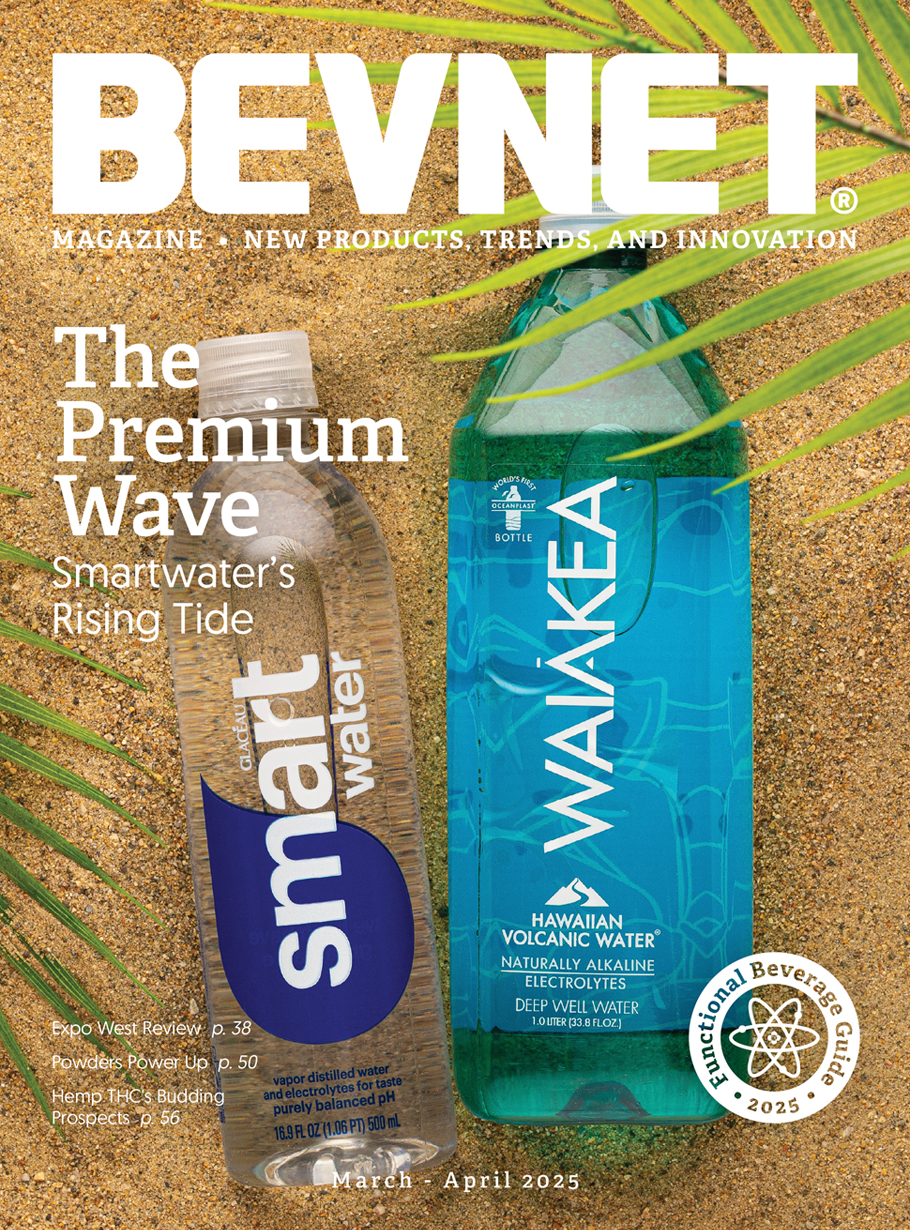
Consumers may still be feeling the squeeze from inflation, but that doesn’t mean they aren’t willing to spend more for premium products - a sentiment that’s carried over into the bottled water category.
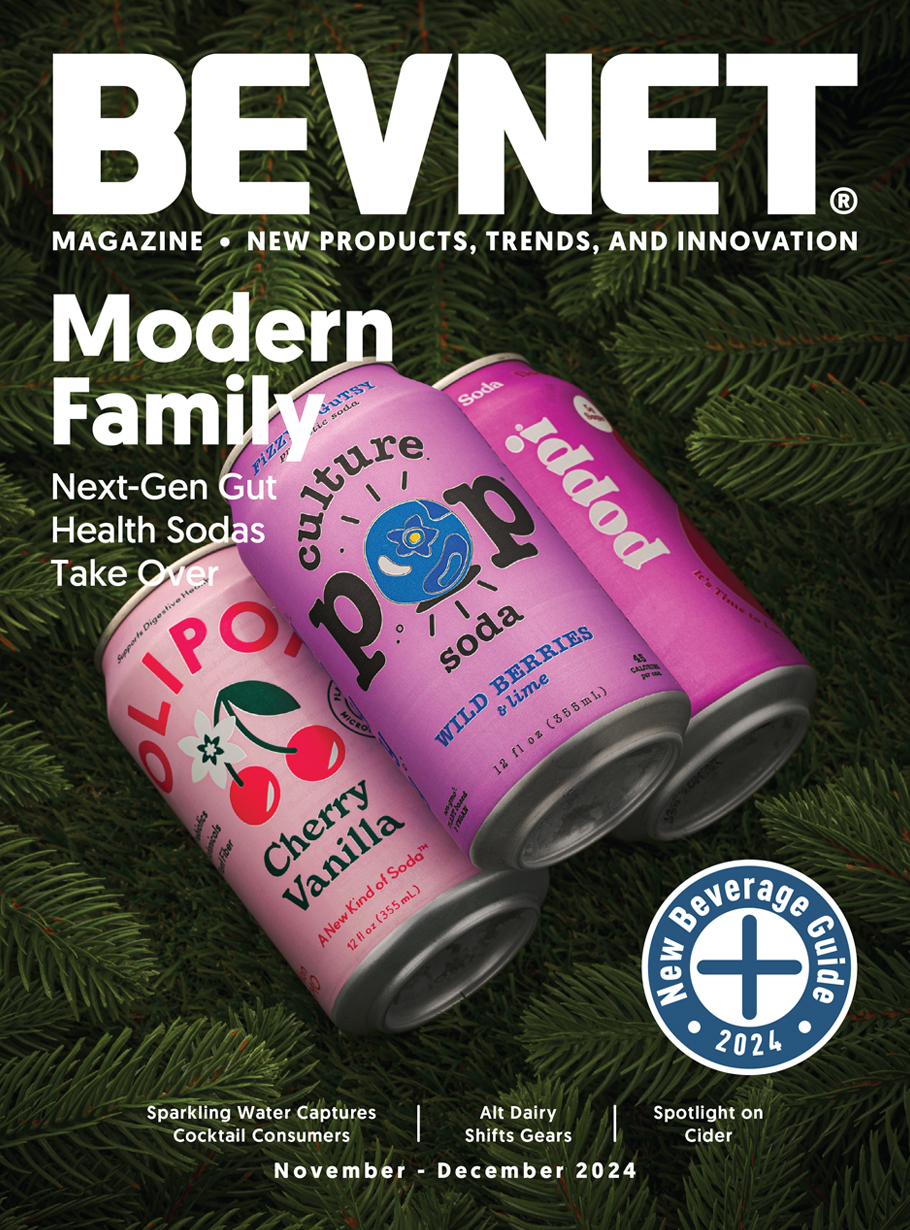
This past October, Walmart announced it was officially recognizing a new beverage category in its stores with a refreshed shelf set it was calling “Modern Soda.” The retailer's new category designation, complete with an umbrella name for a soft drink trend that has long defied simple characterization as merely “better-for-you” or “functional”, is just one more moment of validation for these fast-rising brands.
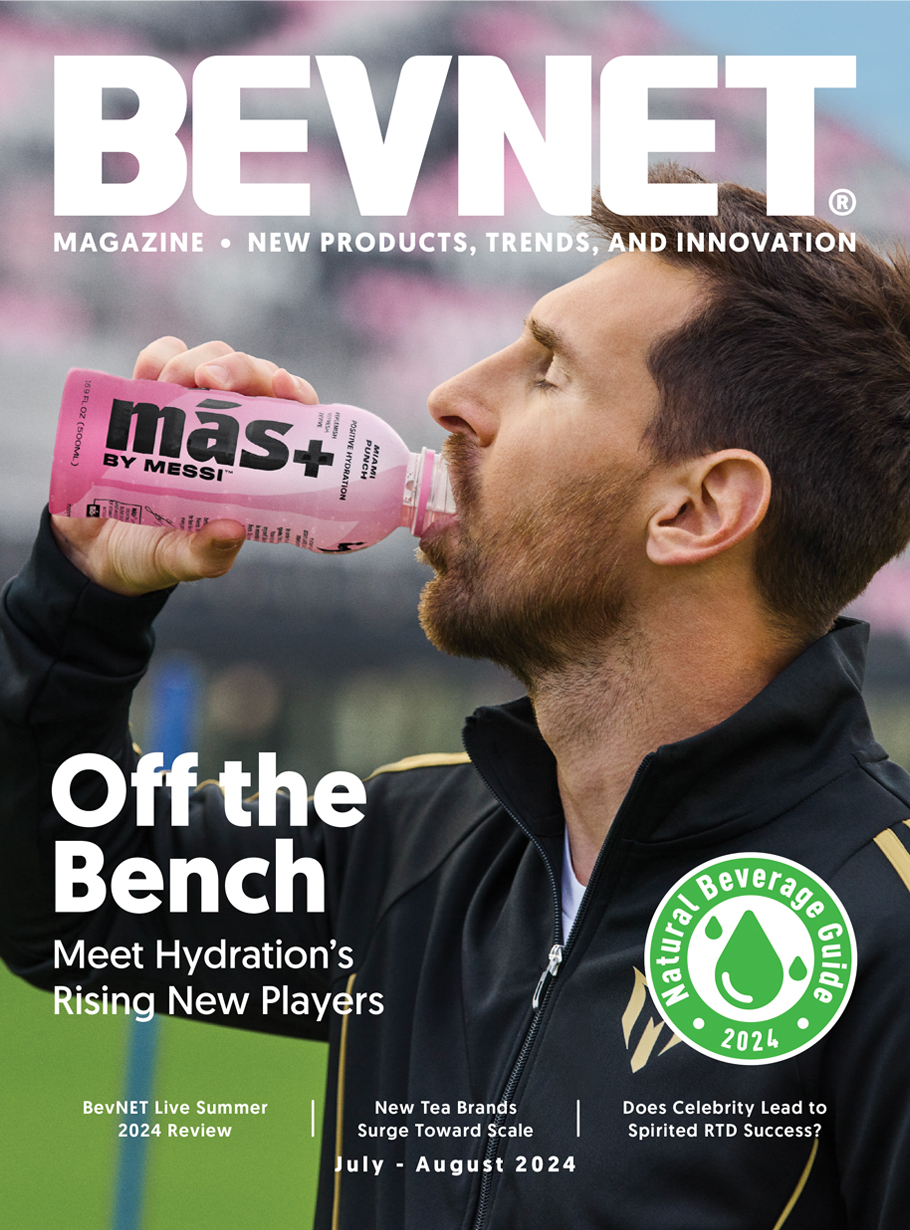
With the exception of Olympic years like this, the dog days of August are typically a dead-zone for American sports fans as they drift through scores of meaningless baseball games, killing time before the NFL season kicks off. Over in the sports drinks aisle, though, the season is just heating up.

It’s high times for hemp beverages. Powered by a new set of brands that use delta-9 THC derived from hemp as an intoxicating ingredient, demand has steadily ticked up in the last year among consumers, while distribution has expanded beyond small, independent retailers and into national retailer and distribution operations.

In a world where, for many years, soy milk was the only alternative for lactose-avoiding latte lovers, the plethora of alt-milk options available today has created some category winners, a handful of new opportunities and two industries that will likely remain inextricably linked.

For years many innovations in the iced tea category have sought to meet the data-backed consumer demand for lower sugar and clean label products by cutting sweetness, simplifying ingredients and embracing organic sourcing. Although zero sugar products have continued to drive growth in the soda and energy drink sets, a commensurate rapid expansion of the tea shelf hasn’t arrived.

When Liquid Death declared “Death to Plastic” at its launch in January 2019 consumers had already long been asking for more sustainable options from their grocery purchases, but few could have predicted just how far that one brand’s succinct marketing tagline would go.

While the beverage industry has been rocked by inflation and shifting consumer habits, sparkling water sales are staying fizzy. According to data firm IRI, flavored sparkling water sales grew 5% to over $3.72 billion in the 52-weeks ending October 30, while non-flavored sparkling waters (including seltzers and mineral water) grew at an even faster rate, up 8.5% to around $856 million.

Let’s make one thing clear up front: iced tea isn’t going away anytime soon. Regardless of the variety, sweet or unsweet, functional or just plain old cold tea, consumers aren’t ready to abandon the summertime favorite -- at least, not yet. But the category hierarchy sure doesn’t look like it used to.

Sometime in the last decade or so, while we were all worried about staying hydrated, American consumers made an important decision: why shouldn’t the bottled water products that they spend over $21 billion on annually reflect the same kind of dynamic branding, packaging, flavors and functional benefits that they expect from other major beverage categories?

Just a few years ago, kombucha had broken out into the mainstream as one of the top categories in the emerging better-for-you beverage trend. But recent years have seen its growth slow, even as consumers during the pandemic raced to buy healthy food and beverage products en masse.

The category’s evolution has been well-documented up to this point: once considered an almost medicinal format used exclusively for fueling athletic performance and high-intensity thirst-quenching, traditional isotonic sports drinks are now part of the greater beverage diaspora, available everywhere from c-stores to soda fountains.

In a revealing conversation with BevNET managing editor Martin Caballero, Premkumar shared his thoughts on a wide range of topics, from guiding the brand through its transition out of DSD distribution to the current market dynamics for center-aisle coffee drinks to how FORTO is refining its position as a product that plays simultaneously within the organic coffee space and the energy shot category.
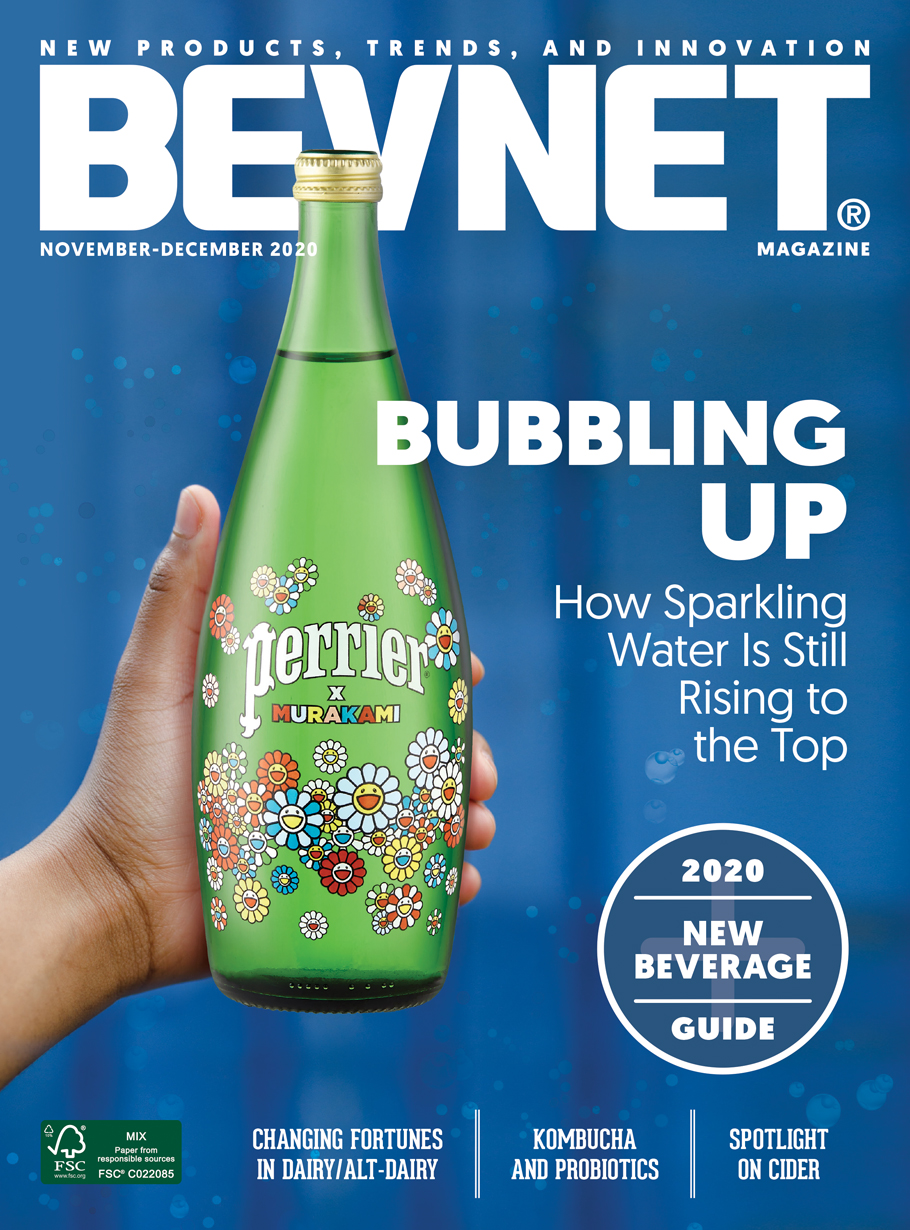
Major beverage makers are marshaling their considerable resources to fight for share with the long-time independent category leaders and private label brands, while a buzzing community of innovative startups is using flavor, function and alternative routes to market to disrupt the establishment.
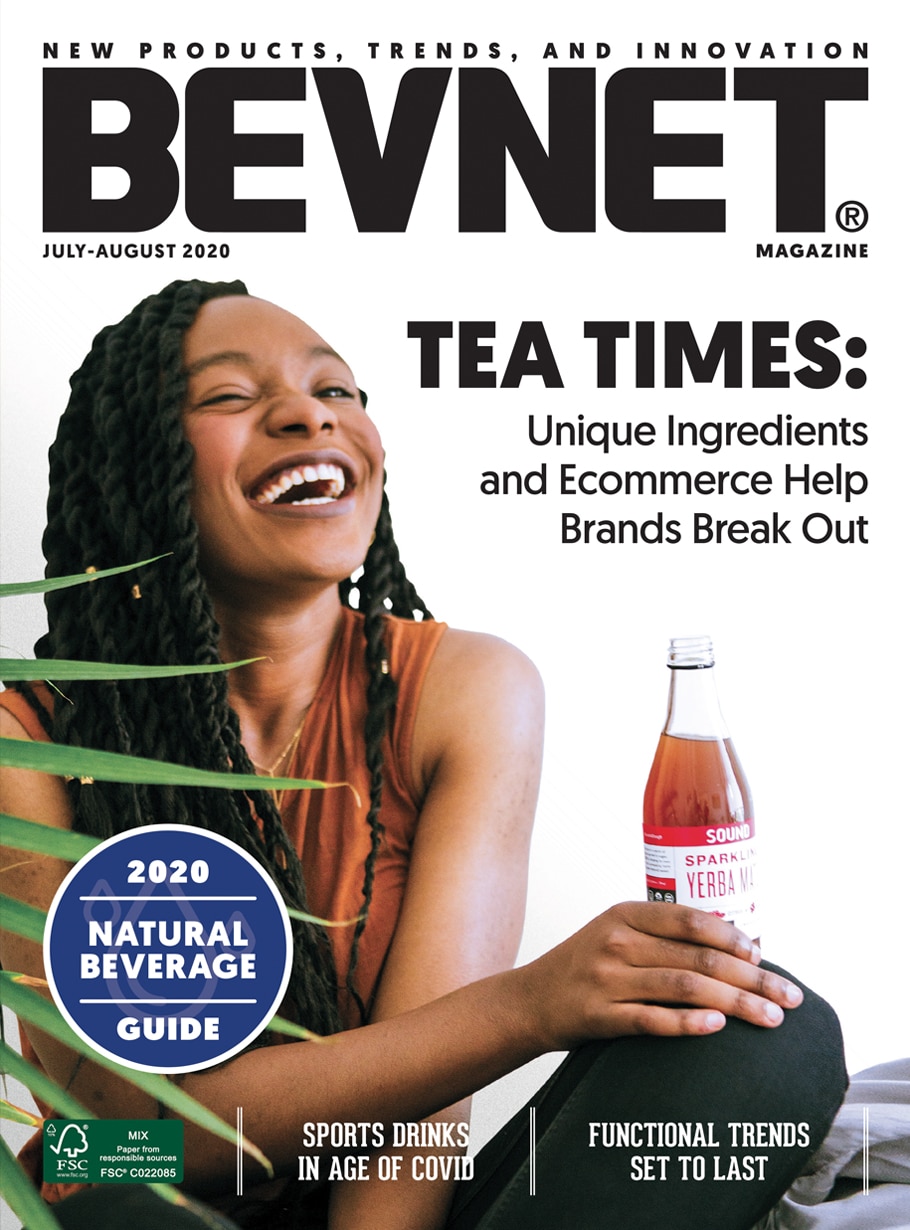
Small brands have drawn in growing consumer bases by blurring the category lines, testing new functionalities and introducing uniquely sourced products with international origins.
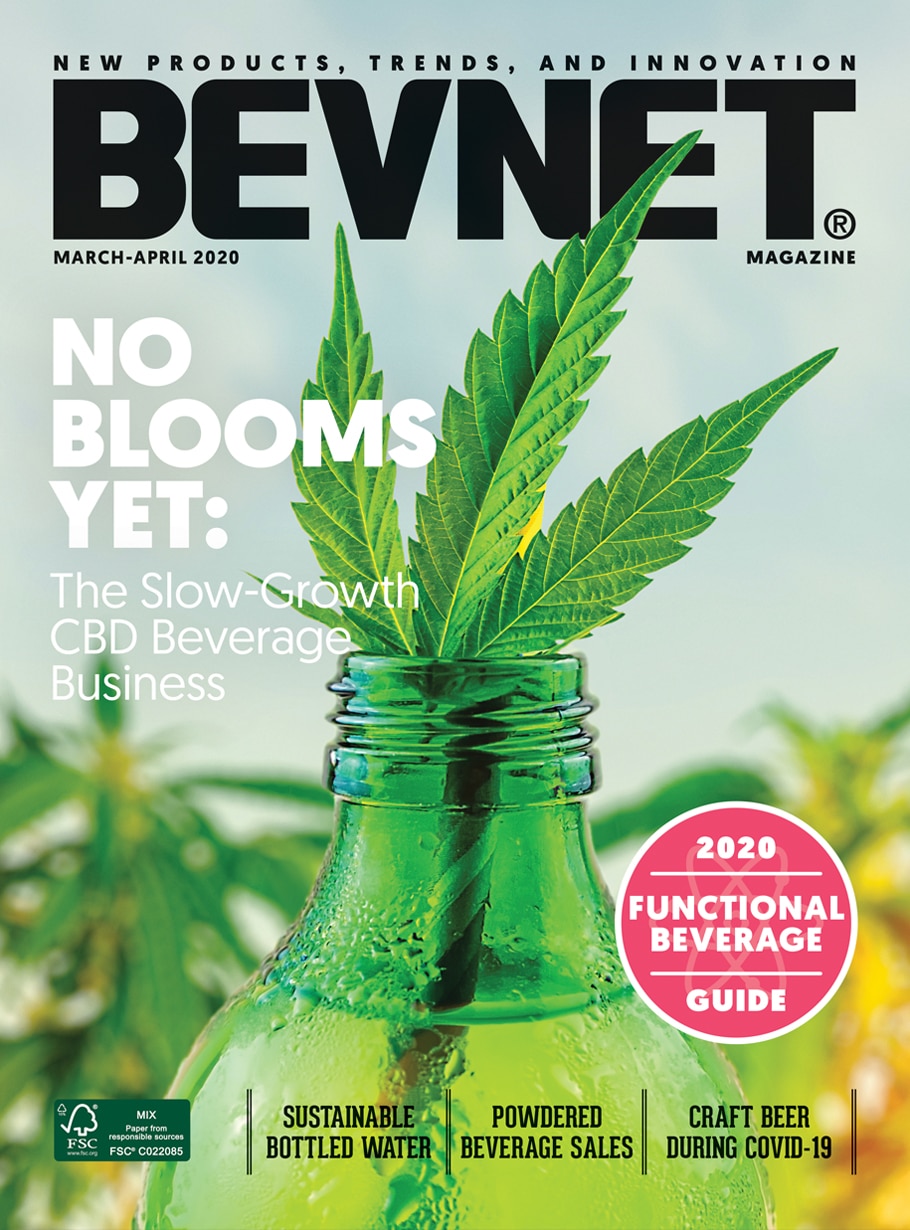
In all honesty, who couldn’t use a little CBD right now? Given its sworn-by -- if not fully scientifically documented -- calming effects, the non-intoxicating cannabinoid has been looked to by entrepreneurs, retailers, distributors, investors, consumers and even their pets as just the kind of tonic for a world that is getting tenser by the second.

Innovations in format, function and flavor aim to extend kombucha category growth into the new decade.
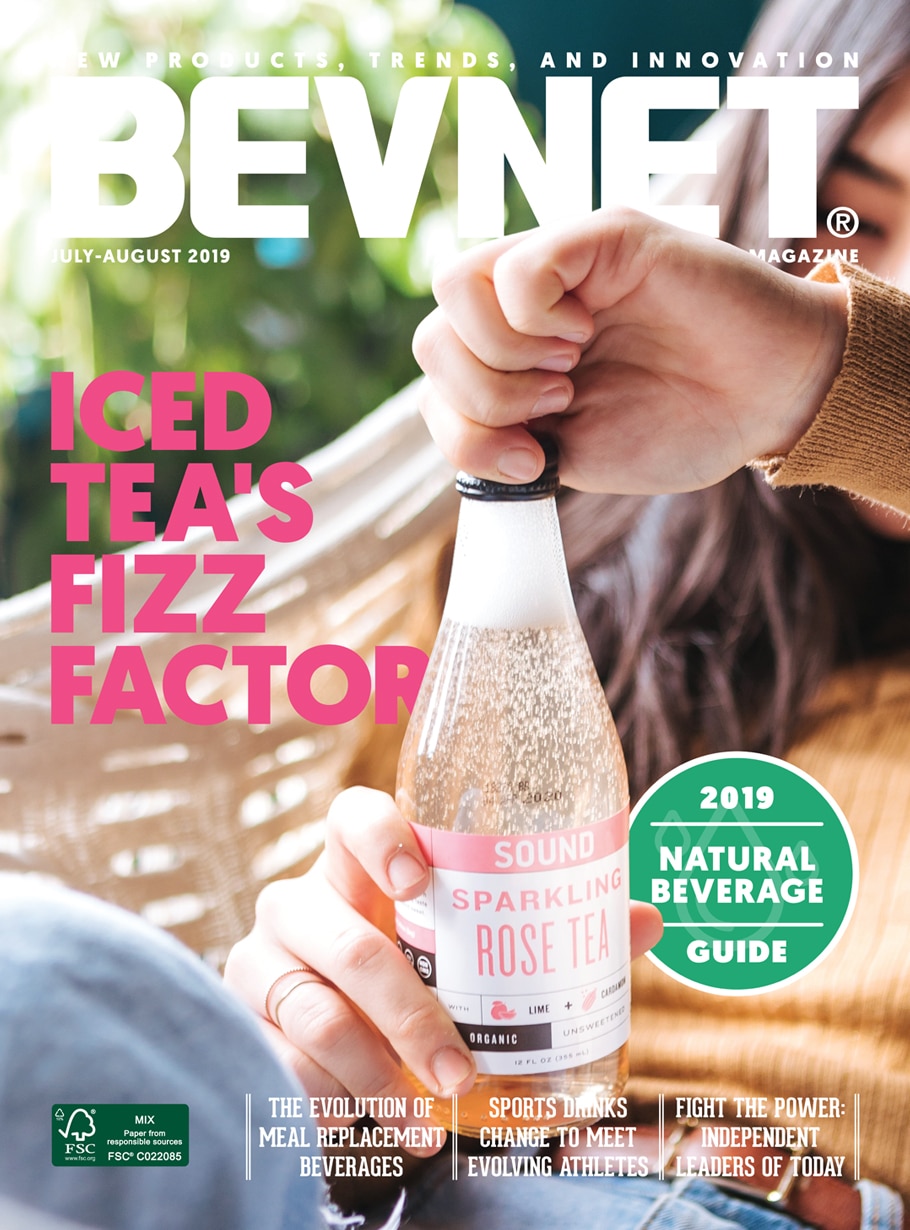
Over the past year, the iced tea category has made modest gains at U.S. retail. According to market research group SPINS, the overall RTD iced tea category grew 2.2% in the 52-week period ending on June 16, 2019. Could bubbles be the innovation to help both large brands and startups kickstart category growth? Considering the prodigious popularity of sparkling waters, some brands think it might be.

The premium water market is currently exploding, and alkaline water helped provide the spark. Modern grocery cooler sets are increasingly populated by the relatively new phenomenon of functional waters, with products offering added value such as caffeine, antioxidants, probiotics, CBD, fiber and more. But the concept of a “functional” subset for the water category has been largely validated by the success of alkaline water.

The refrigerated kombucha and fermented beverage category has grown 31.4 percent year-over-year, while household penetration has increased 20 percent. Having established a level of awareness for the category – one that continues to rise – kombucha and probiotic drink makers are now looking to grow their consumer base beyond the mix of urban millennials and traditional homeopaths that helped put them on the map.

This year’s list identifies women who have the ideas, influence, authority, money, and knowledge to affect the beverage business – both short-term and long-term. Some have been toiling in executive suites, while others have built businesses bottle by bottle.

Nestle's success in bottled water grows as they aim to increase usage of recycled materials and help with water crises.

As kombucha keeps growing, innovation pushes probiotics in new directions

Influence. Dollars. Trends. Disruption. We’ve set up this year’s power feature to show who is marking their territory, driving sales, and setting the terms of the discussion.

Health Boom Brings Protein to the Front

Coffee: Coke Gets in the Game

Synonymous With Fermentation, Probiotics Might be Defined by Supplements

As Protein Brings Change, Muscle Milk Evolves
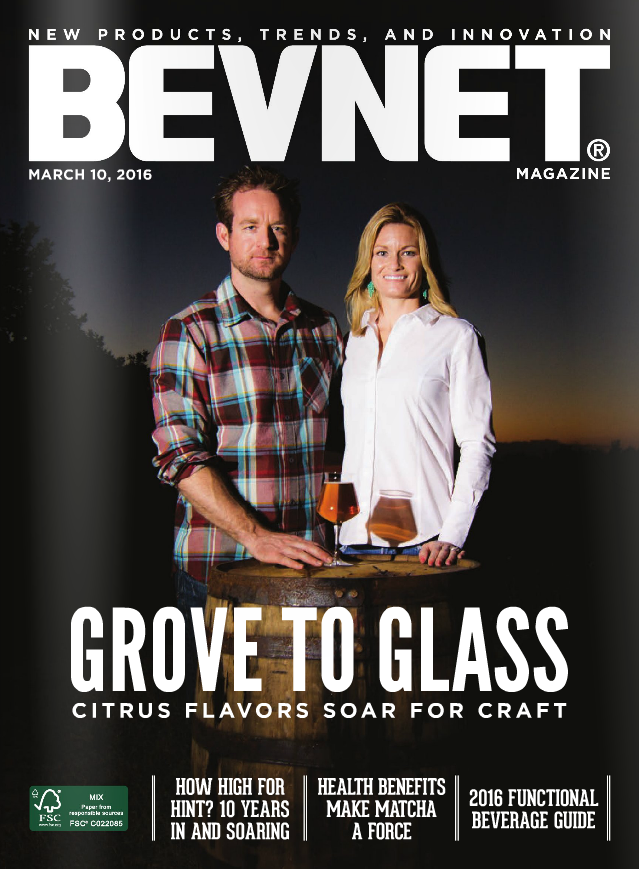
Craft Brewers Unearth Citrus IPAs

Peet's Eyes a Super-Premium Future as Cold Brew Becomes the Beachhead.
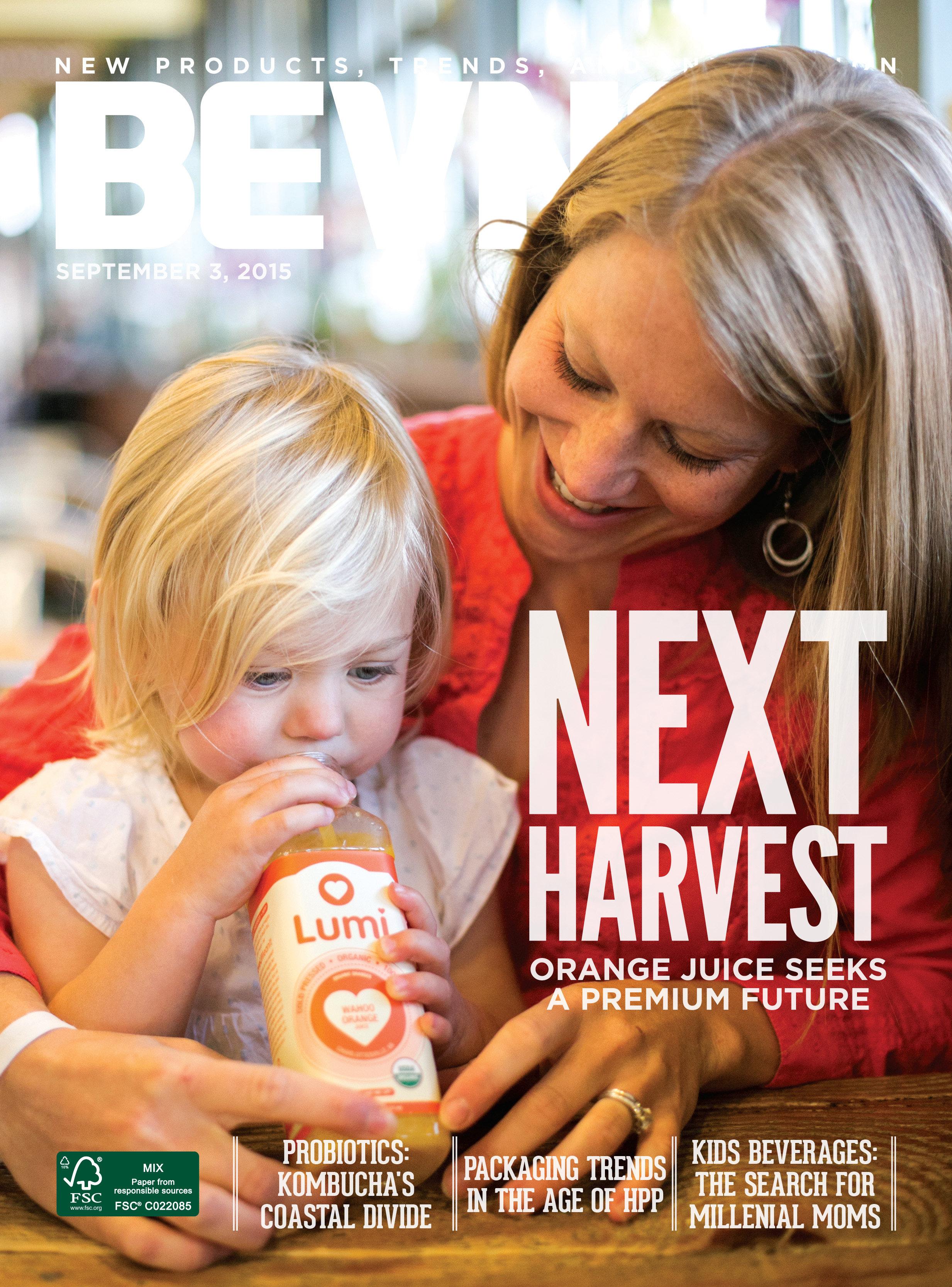
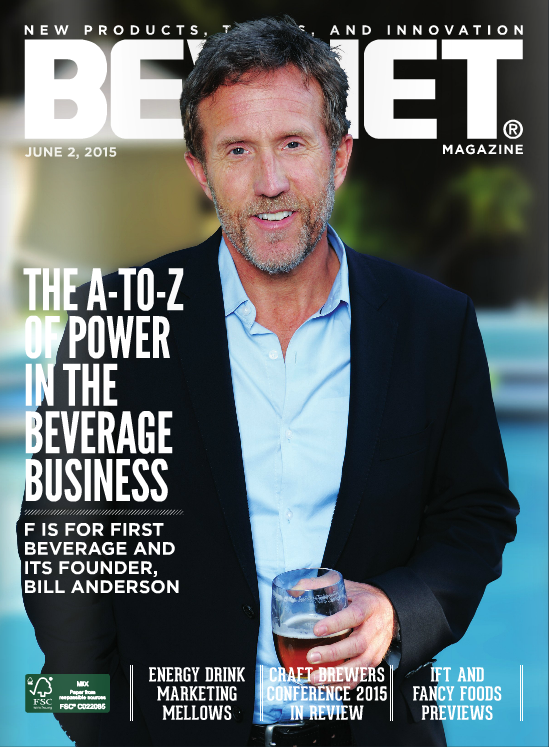
The Beta List Plus: How the Alpha Dogs Fared
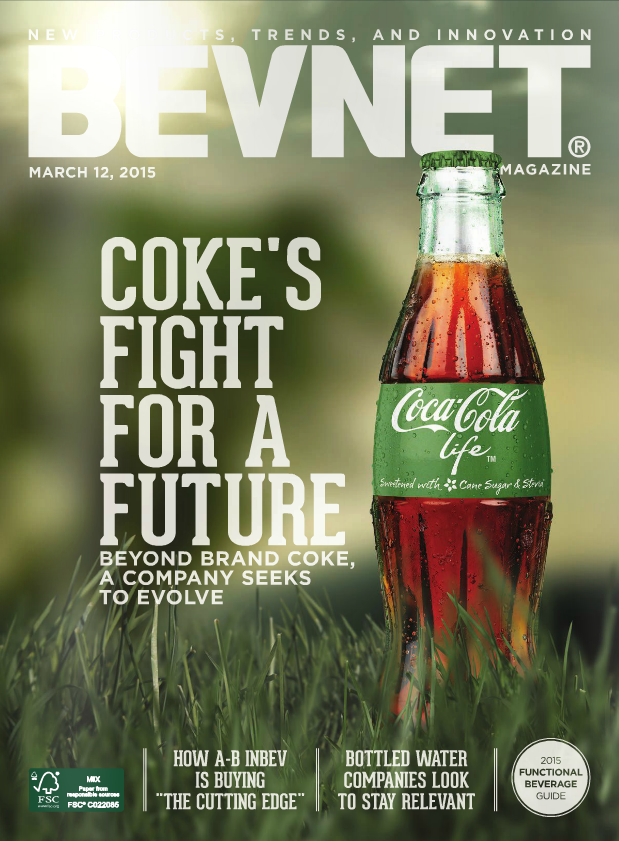
Beyond Brand Coke, a Company Seeks to Evolve

Meet The Coffee Upstarts
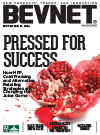
How HPP, cold pressing and alternative retailing strategies are changing the juice game.

New horizons in meal replacement beverages
![[pH]antastic](https://dg6qn11ynnp6a.cloudfront.net/wp-content/uploads/2014/03/March14-cover.jpg)
How Essentia found its flow

Probiotics Are On Their Way
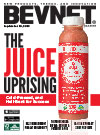
Cold-Pressed, and Hell-Bent for Success
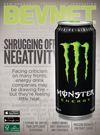
Facing criticism on many fronts, energy drink companies may be drawing fire – but they’re feeling little heat.

Why the high end is hot

Janie Hoffman of Mamma Chia is BevNET's Person of the Year for 2012.
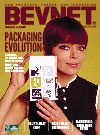
Conceptualizing the Team. Understanding the GNC licensed beverage brand roll out.
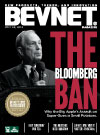
Why the Big Apple's assault on super-sizes is small potatoes.
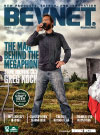
Greg Koch says he’s an introvert.

A legend fires up the relaxation business.

BevNET interviews Vita Coco CEO Michael Kirban

A New Generation of Functional Drinks Emerges
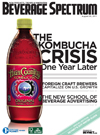
RTD by the Numbers and Brand News.

Wolfgang Puck and Coca-Cola take aim again.

BevNET.com’s 2011 Supplier & Services Guide provides a catalog of companies whose products and services are used within the beverage industry.

Four Loko is making a lot of people crazy – is that a good or a bad thing?
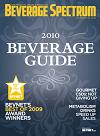
From Iced Teas to Energy Shots, take a look at the BevNET.com New Beverage Guide for a record of the beverage products introduced in 2009. From dox to bot the Guide will show you who to contact to start stocking up. We’ve included nearly over 150 brands. With so much movement in so many new categories, isn’t it great to be able to track them all in one place?
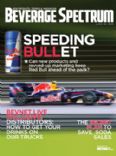
It started as one product, in one flavor, in one package size, but to call Red Bull just an energy drink company today would be a disservice to the brand. Variations of its logo have appeared on everything from an international breakdancing competition to a record label. Now, after two decades of growing the brand into sports and entertainment realms, Red Bull has returned to its core: beverages.
It’s midsummer at Starbucks Corporate Headquarters in Seattle, Wash., and despite the swaths of natural light flooding the inside and the warm August weather, a chilled Seattle vibe permeates the entire place. Café colors cover the walls – eggplant, terracotta, burnt orange, butter yellow, sage. The floors are laid with light, clean pine planking; the hallways are wide...
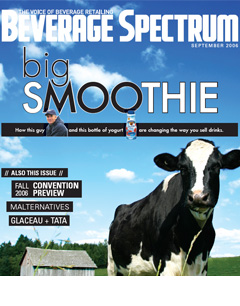
It took a long time – nearly 20 years – for Stonyfield Farm CEO Gary Hirshberg to succeed in the yogurt business, and he’s the first one to tell you that he didn’t manage to do it until he stumbled through long periods of trial and error.
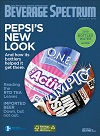
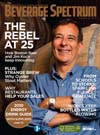
The signs of age are there, most perceptibly in a sail-sized card wishing Jim Koch and the company he founded
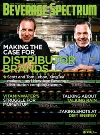
Stung by fleeting entrepreneurial beverage brands, several clever distributors have applied their industry know-how to creating distinctive brands that can’t suddenly get sucked into the Red or Blue systems. They represent an emerging trend: beverage brands built by those who have supported others for decades.
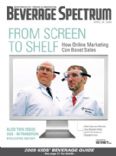
Not so long ago, only the geekiest among us spent more than a couple hours per week on the web. Now, the average American spends 68 hours per month on a computer, and the increased level of internet accessibility means that it is more important than ever for even the smallest beverage brands to stay in touch with consumers.

This economy can make you feel like you’re sinking, but in times like these, while planning for the worst, it’s always advisable to hope for the best. So that’s what we’re doing here: providing a broad look at the reasons the beverage business remains an environment that is fun, creative, profitable and forward-looking. After all, looking forward is a good option when a look at the present is hard to handle.
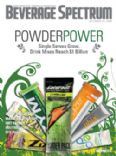
Powdered beverage mixes aren’t new technology. Tang has been around long enough to have been used during NASA’s Gemini program in the 1960s, and, early on, Gatorade sold in canisters as often as it sold in bottles. But modern marketers have taken a new twist on powdered drinks. New powdered beverages come in single-shot sleeves, called “sticks,” that can go everywhere that bottled water can.
As the energy drink explosion rolls into its second decade, the game is changing and the stakes are higher. The products have moved from edgy curiosity to lifestyle necessity. Nevertheless, there are still plenty of people wondering what Red Bull or Monster taste like, or trying to determine the difference between Gatorade and Rockstar.
At one quarter the size of typical energy drinks and promising a better boost with fewer calories, energy shots are fast becoming one of the most profitable uses of space available to retailers. According to at least one beverage executive, by the end of the next year, energy shots could be a $500 million business.
In 2005, Americans turned to wine as their alcoholic beverage of choice, so beer companies turned to advertising. It worked. Craft brewers and import beers flourished under the "Here's to Beer" campaign spearheaded by Anheuser-Busch, but a shifting economy could send more money toward Bud, Miller and Coors.
If you want to have a hope of success these days, the trick, in essence, seems to be to approach the consumer with a distinct point of view and to commit to putting staff resources into the market to make sure your concept isn’t distorted on its way to the consumer. You’ve also got to be willing to continually tweak the concept until you’ve got it right.
It’s Hard To Handle Hardcore Energy
Better and smaller beers are cruising. But the Big Three have crafty plans of their own.
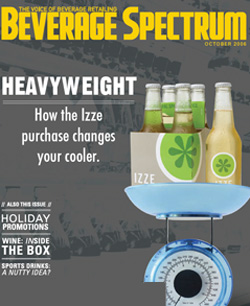
The deal is done. PepsiCo went and swallowed Izze, the biggest jewel in the alternative soda shop earlier this month.